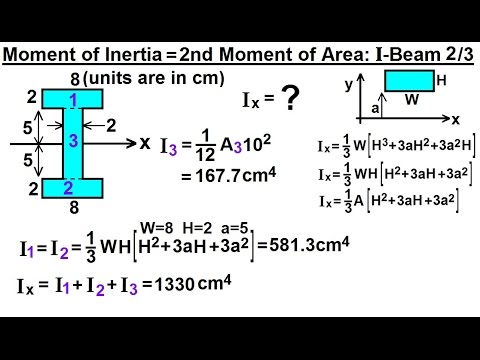How to Calculate Smoking Pack Years

Understanding the concept of pack years can be crucial for both smokers and healthcare professionals. It is a measure that takes into account the duration and the intensity of someone’s smoking history. Pack years provide valuable information when evaluating an individual’s risk of developing smoking-related illnesses. In this article, we will guide you through the process of calculating smoking pack years and discuss its significance.
What are Pack Years?
Pack years are a standardized way to estimate the accumulated exposure to cigarette smoke over time. It combines two essential aspects of smoking behavior: the number of cigarettes smoked per day and the number of years smoked. The more significant the pack year value, the higher the risk becomes for developing harmful health conditions, such as lung cancer and heart disease.
How to Calculate Smoking Pack Years
Calculating pack-years is simple and requires only two pieces of information:
1. The average number of cigarette packs smoked daily
2. The total number of years spent smoking
Here is the basic formula for calculating pack years:
Pack Years = (Number of Packs Smoked Daily) x (Number of Years Smoked)
Let’s go through some examples to illustrate this equation.
Example 1:
A man has been smoking a pack (20 cigarettes) a day for 15 years.
Pack Years = (1 pack/day) x (15 years) = 15 Pack Years
Example 2:
A woman has been smoking half a pack (10 cigarettes) daily for 20 years.
Pack Years = (0.5 packs/day) x (20 years) = 10 Pack Years
Reducing Smoking Pack Years
Reducing your pack years can lower your risk to certain health conditions associated with smoking. Here are some tips on how to achieve this reduction:
1. Quitting: The most effective way to minimize your pack-years and their associated risks is by quitting smoking altogether.
2. Gradually decreasing cigarette consumption: If quitting cold-turkey isn’t an option, try reducing the number of cigarettes smoked daily. This way, you are limiting the increase of pack years over time.
3. Smoking cessation aids: Consider using nicotine replacement therapies or prescription medications to aid in quitting smoking.
Importance of Calculating Pack Years
Knowing your pack-years can inform you and your healthcare provider to better understand your risk for tobacco-related diseases, making it a valuable factor in personal health assessment. Moreover, it allows healthcare professionals to identify high-risk patients, offering them targeted support for quitting smoking.
Conclusion
In summary, calculating pack years is a simple and valuable metric that can help gauge the accumulated exposure to cigarette smoke while understanding potential health risks. By following the formula provided and reducing your pack years through the recommended methods mentioned, you can make well-informed decisions about your health and work together with healthcare professionals towards leading a healthier life.






